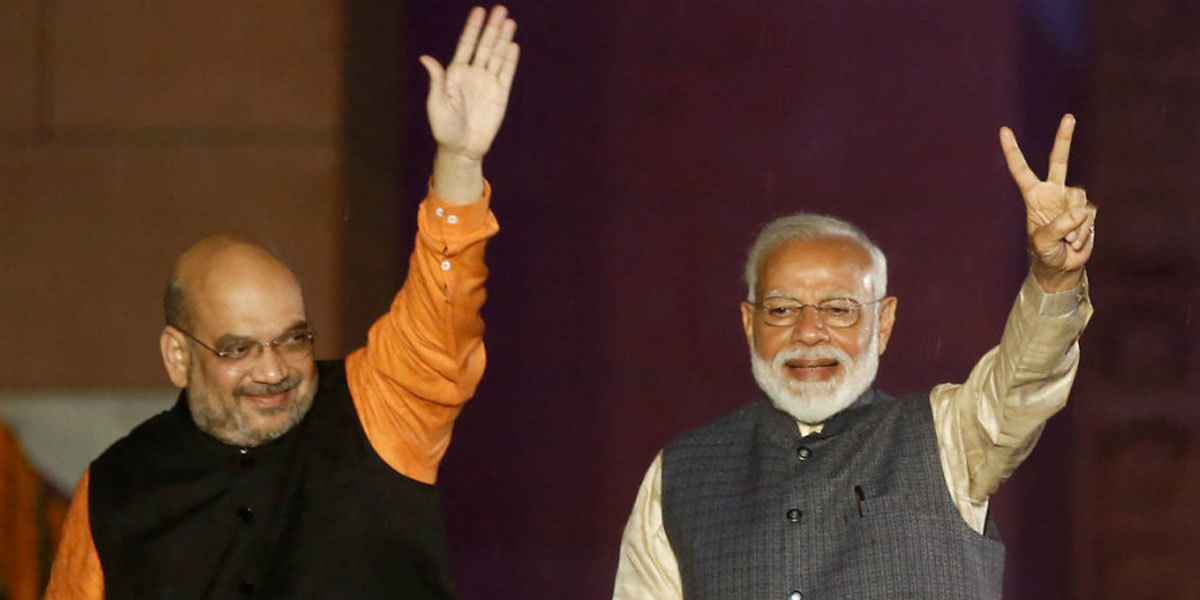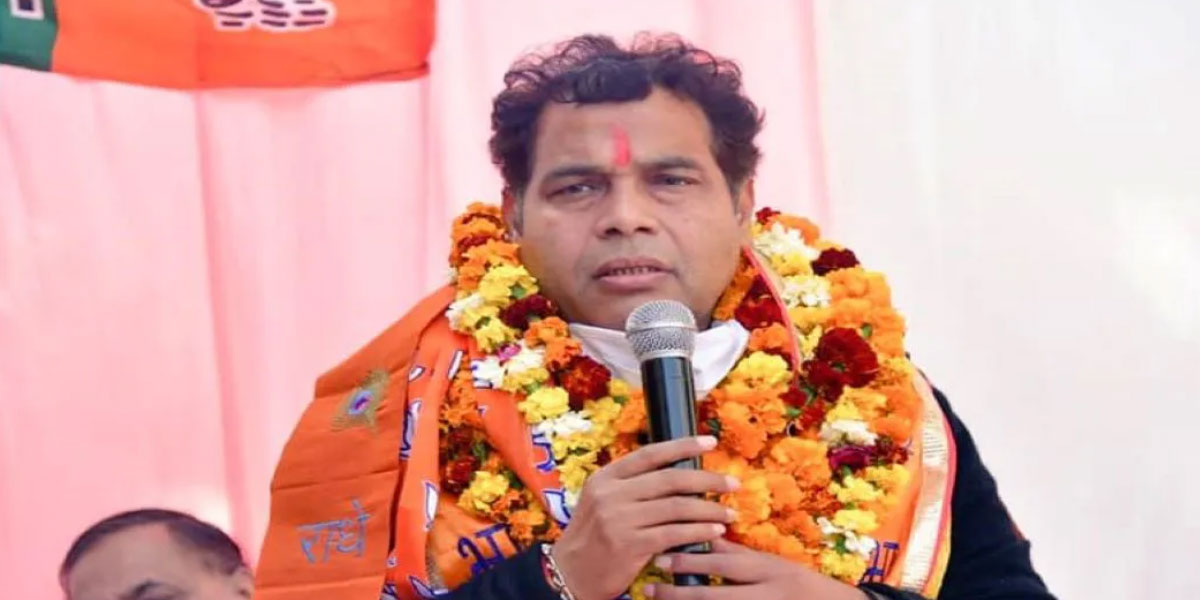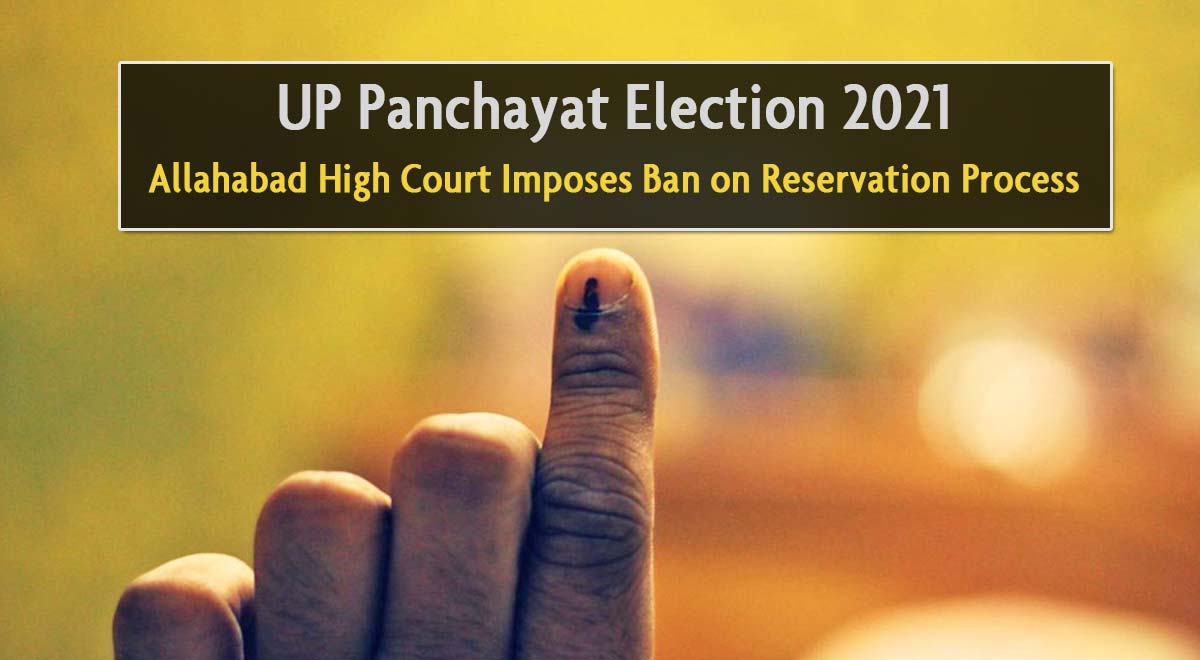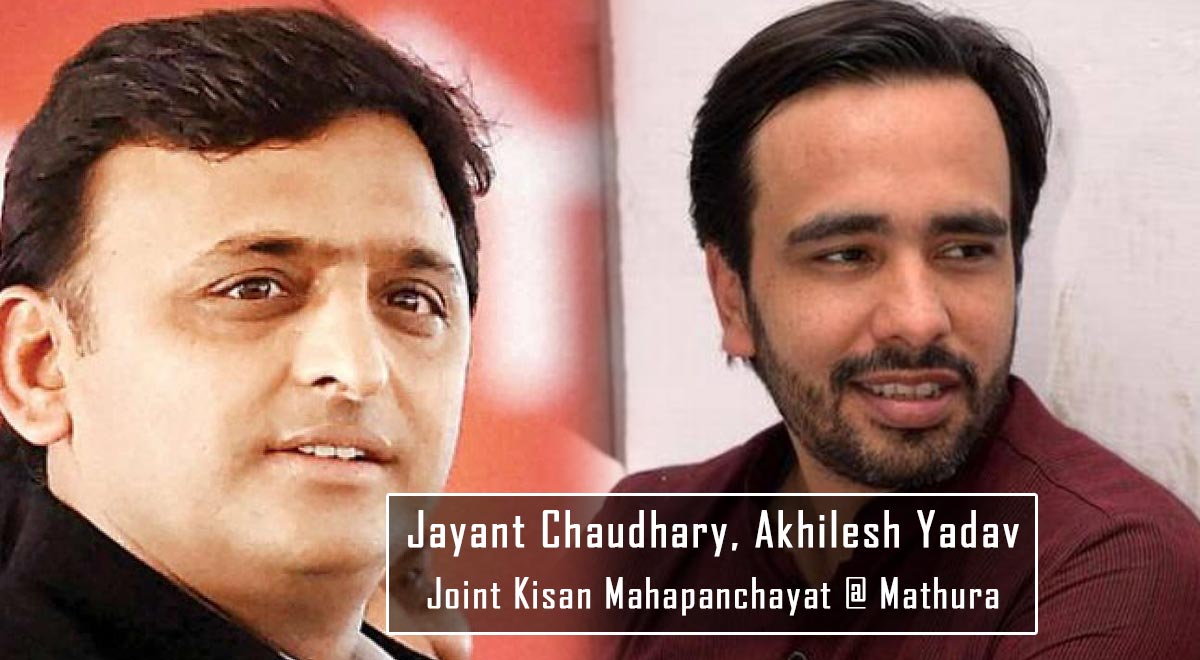Whips, Chains and Consent – India’s BDSM Kink Exposed
After the landmark ruling in the case of Navtej Singh Johar v. Union of India, the Supreme Court explicitly made carnal intercourse as a non-criminal offence so it can be said that the practice of BDSM has valid legal status in India. According to the law of contract, consent is said to be given when both the parties mutually agree with the agreement having lawful deliberation. So, commencement of BDSM requires consent.
Emotional and Phycological Side of Pain and Controls
Research indicates that BDSM practice, typically thought to be all about pain, dominance and physical stress, has health advantages beyond sexual satisfaction, including reducing stress and anxiety. BDSM practitioners may have less anxiety and enjoy more security in their relationships than the vanilla counterparts. Both submissive and dominating partners had lower levels of the stress hormone cortisol after scenes than before. The most surprising finding was that even during a particularly physically stressful BDSM scene, subs still reported low psychological stress.
People tend to conflate abuse with BDSM. I think it’s important to remember that BDSM is one of the higher forms of sexual engagement. It requires attention to detail, slowness and complete trust between partners. Abuse is the opposite; abuse often happens when one person is breaking trust, not paying attention to the other’s or their own body’s language, and is only pleasure-focused. This is where consent tends to be dismissed by people who abuse trust
Sex and Trauma Psychotherapist Neha Bhat
BDSM is an acoronym that is broken down in three categories, Bondage-Discipline (B/D), Dominant -Submission (D/S), Sadism/Machoism (S/M). With the increasing relationship complexities, this new lifestyle has recently witnessed acceptable norms towards it amongst couples. With the internet and social media opening the gateways to fantasy related to erotica and sex, further undoubtedly the social media and internet acted as catalyst in the rise of interest towards this uncongenial relationship type.
Still there is lot to be explored in this direction, researches broadly indicate that its something which is creating a emotional and phycological bonding and is far different from the abuse side of sadistic or masochistic personality disorders.











